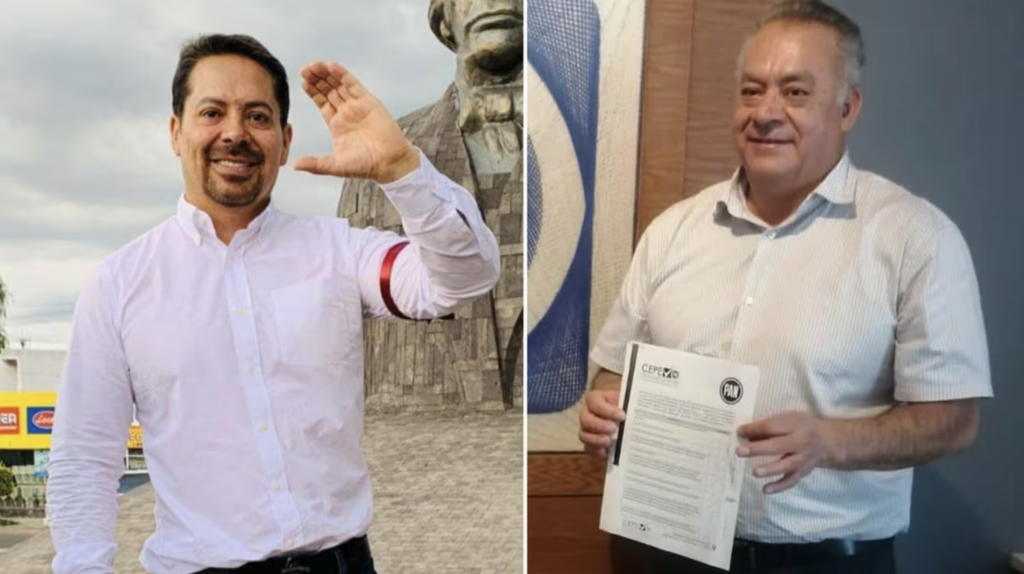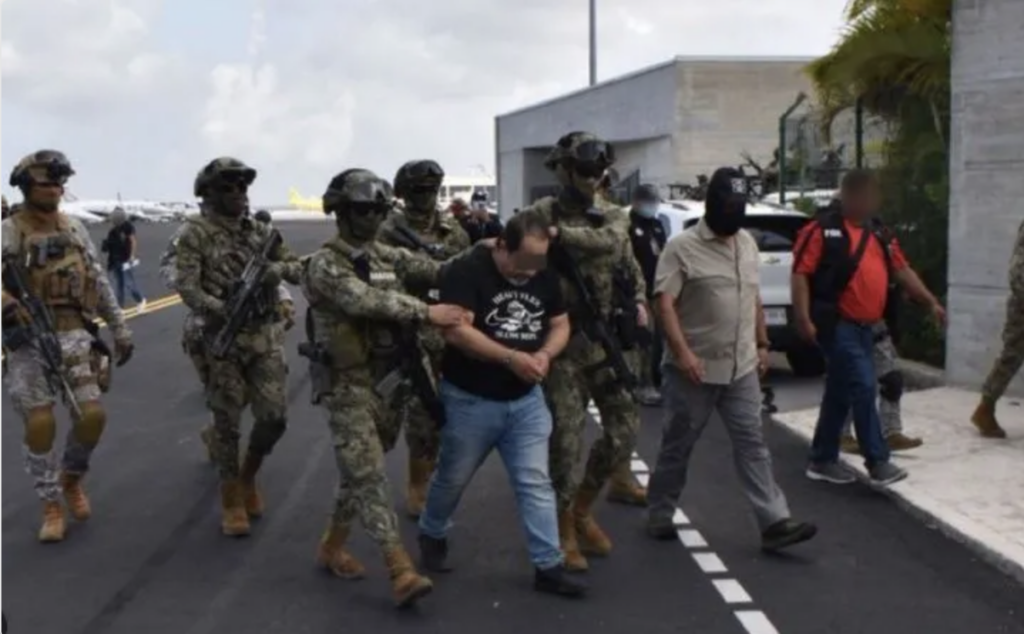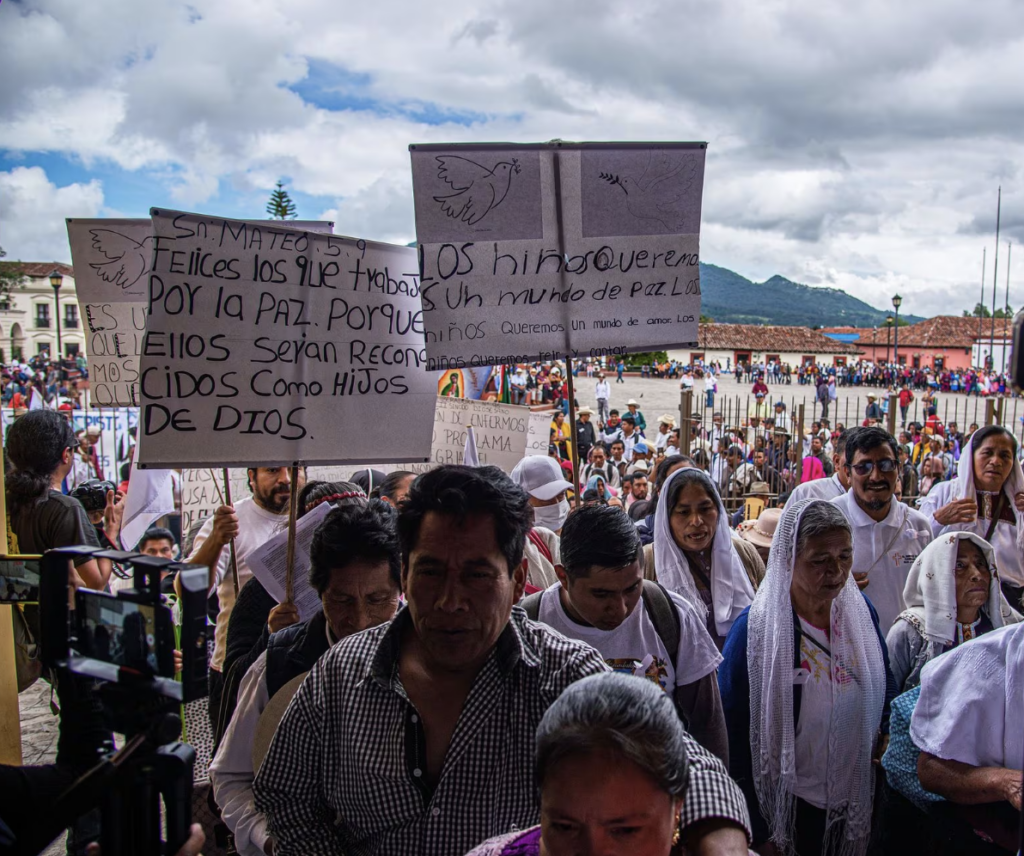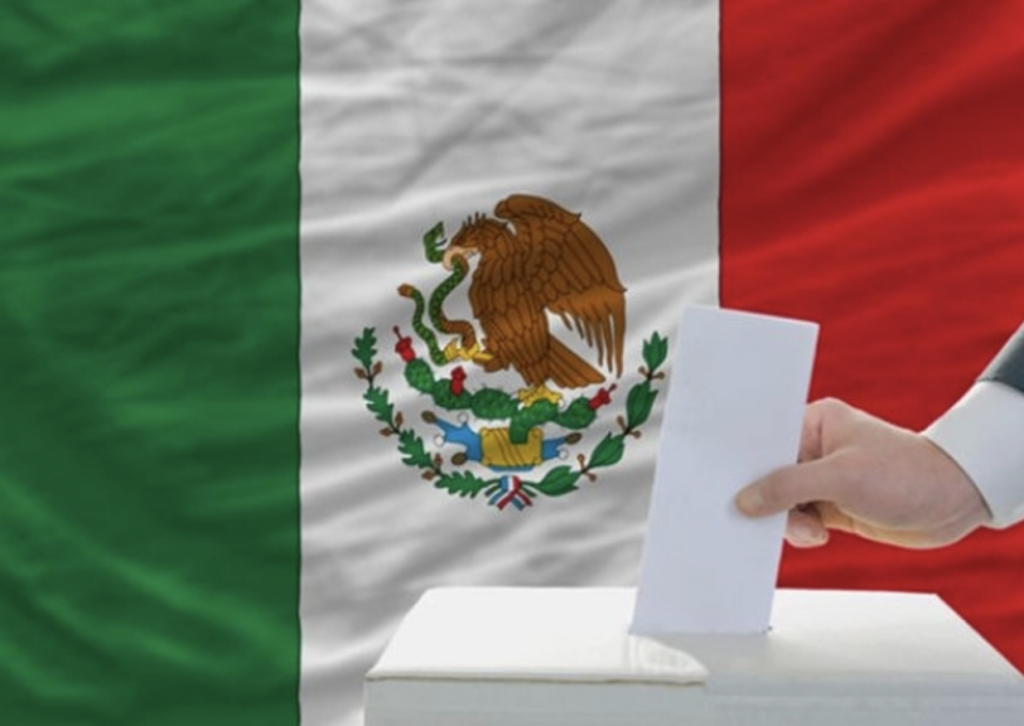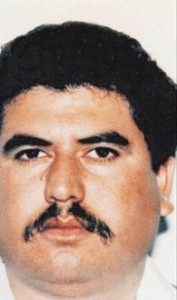
10/11/14 — Mexican officials detained another leader of a major Mexican drug trafficking organization with the arrest of Vicente Carrillo Fuentes, “El Viceroy,” the leader of the Juárez Cartel, on October 9. Members of the Federal Police (Policía Federal, PF) arrested El Viceroy and two of his bodyguards during an operation in Torreón, Coahuila, conducted by the National Security Commision (Comisión Nacional de Seguridad, CNS). No shots were fired during the arrest, and authorities also seized two vehicles, one large and one small firearm, and communication equipment, which were passed to the Public Prosecutor’s Office (Ministerio Público Federal, MPF).
El Viceroy, who used a fake identification when police initially detained him, was a wanted man in both Mexico and the United States, with a reward for information leading to his arrest set at $30 million pesos ($2.23 million USD) and $5 million (USD), respectively. He was wanted for charges of homicide, money laundering, and drug trafficking. According to Univisión, El Viceroy had some control and power in almost one-third of Mexico’s 32 states and Federal District (Distrito Federal, DF), as well as maintained control of important drug trafficking routes connecting the United States and Mexico, routes used specifically to transport cocaine, heroin, methamphetamine, and marijuana.
As one of the heads of the Juárez Cartel, Vicente Carrillo Fuentes led one of the most important cartels in Mexico. He played an important role with three of his brothers—Amado, Rodolfo, Alberto—in expanding the Juárez Cartel in the 1990s, trafficking drugs from South America to the United States, explains Excélsior. He then assumed his leadership role following the 1997 death of Amado Carrillo Fuentes, “El Señor de los Cielos,” El Viceroy’s brother and founder of the Juárez Cartel. Although he stepped down from his role at one point due to health reasons, El Viceroy nevertheless maintained a leading position in the Juárez Cartel, so much so that he recently represented the cartel at a meeting with leaders from three other prominent Mexican cartels—Los Zetas, Beltrán Leyva Organization, and the Jalisco New Generation Cartel (Cártel de Jalisco Nueva Generación, CJNG). That meeting, held in June 2014, was viewed as the start of a possible alliance that may be growing among several of Mexico’s top organized crime groups (OCG), as they form a potential “cartel of cartels,” according to Reforma.
Although too early to tell, several media sources claim that the fall of El Viceroy marks the end of an era for the Juárez Cartel. Regardless, his arrest has been applauded by both U.S. and Mexican politicians, including the president of Mexico’s Chamber of Deputies, Silvano Aureoles Conejo, who recognized that El Viceroy’s fall “gives the population confidence” that the Mexican government is making strides in its effort to destabilize organized crime groups and disrupt illicit activity.
Sources:
“Leader of the New Juarez Cartel captured.” Justice in Mexico. September 3, 2013.
Barajas, Abel. “Detecta Gobierno cartel de cárteles.” Reforma. August 29, 2014.
“Detienen al capo Vicente Carrillo Fuentes, alias El Viceroy.” Univisión. October 9, 2014.
“’El Viceroy’ mostró identificación falsa al ser detenido.” El Informador. October 9, 2014.
Jiménez, Horacio. “Aureoles aplaude detención de El Viceroy.” El Universal. October 10, 2014.

